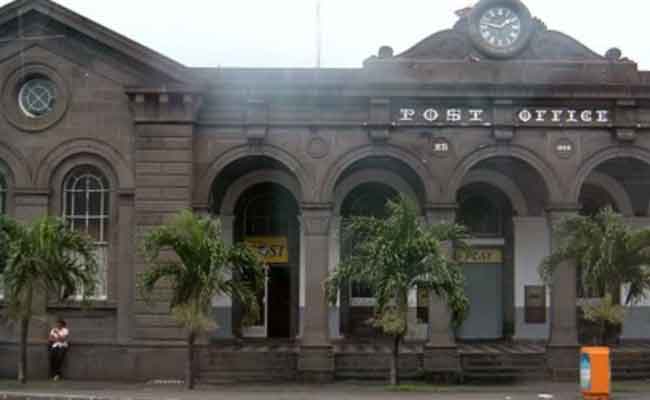The means used to take the visitor on this journey has been carefully worked out and in addition to old documents on display, original tolls and equipment also form part of the decor. An old counter that was once in the post office of Curepipe takes the visitor back in time. The museum not only hinges on pure philately but also on the passionate lives of people who have been delivering good and bad news to the population through newspapers and mail. You will see the most common means of transport of the postman, still used today, the bicycle, on display along with the uniforms they used to wear which have been mounted on mannequins.

Archival documents extracted from the collection of Jean Fransois Guimbeau and precious stamps from Sanjeet Teelock catch the eye of the visitor. The very first issue of a local newspaper that dates back to 1772 is also on display. That publication was first established during the French colonial period by Pierre Nicolas Lambert. Lambert guaranteed his subscribers free delivery of inland mail once a week along with his newspaper. He also dispatched overseas mail and he assured free delivery of letters from abroad. Non subscribers were also able to take advantage of this service for a nominal fee.
The postal system had deteriorated when the British took over the island in 1810. They provided an undeveloped overseas service with an almost nonexistent inland mail service. In 1834, there was a timid move to develop the postal system. Thus in that year, the government announced that an experimental postal service between Port Louis and Mahebourg would be provided once weekly. The service was successful and in 1835, instead of once weekly, the service was extended to thrice weekly.
Postage stamp
The postage stamp was invented by Sir Rowland Hill in 1840 for the prepayment of mail which took the postal systems by storm. Mauritius started issuing its own postal stamps in 1847. In September 1847, the country issued two postage stamps that were printed in Port Louis. Only 500 deep blue two-penny denominations and 500 orange-red one-penny stamps were produced. To date it is said that only 15 of the one penny stamps of 1847 have survived which include two unused ones that now lie in the Blue Penny Museum at Caudan Waterfront in Port Louis. Out of the 500 stamps of two-pence denominations printed in 1847, only 12 of them are known to have survived. Most of them lie in museum collections around the world. As a matter of fact, the two sets of post office denominations of 1847 remain the most famous and expensive stamps in the world because of their rarity.
The illustrations on Mauritian stamps since 1847 tell another interesting tale of the history of the island. The effigy of Queen Victoria was a very popular feature of postage stamps in the beginning and they came in different hues. Then came the heads of King Edward VII, King George V and King George VI, followed by Queen Elizabeth II. In the 1950s, these portraits gave way to more colourful pictures of birds and marine life. After independence in 1968, illustrations were based on themes depicting the different aspects of Mauritius ranging from the cultural and economic to its political ones. The history of the island, endemic fauna and flora also figured on the stamps.


